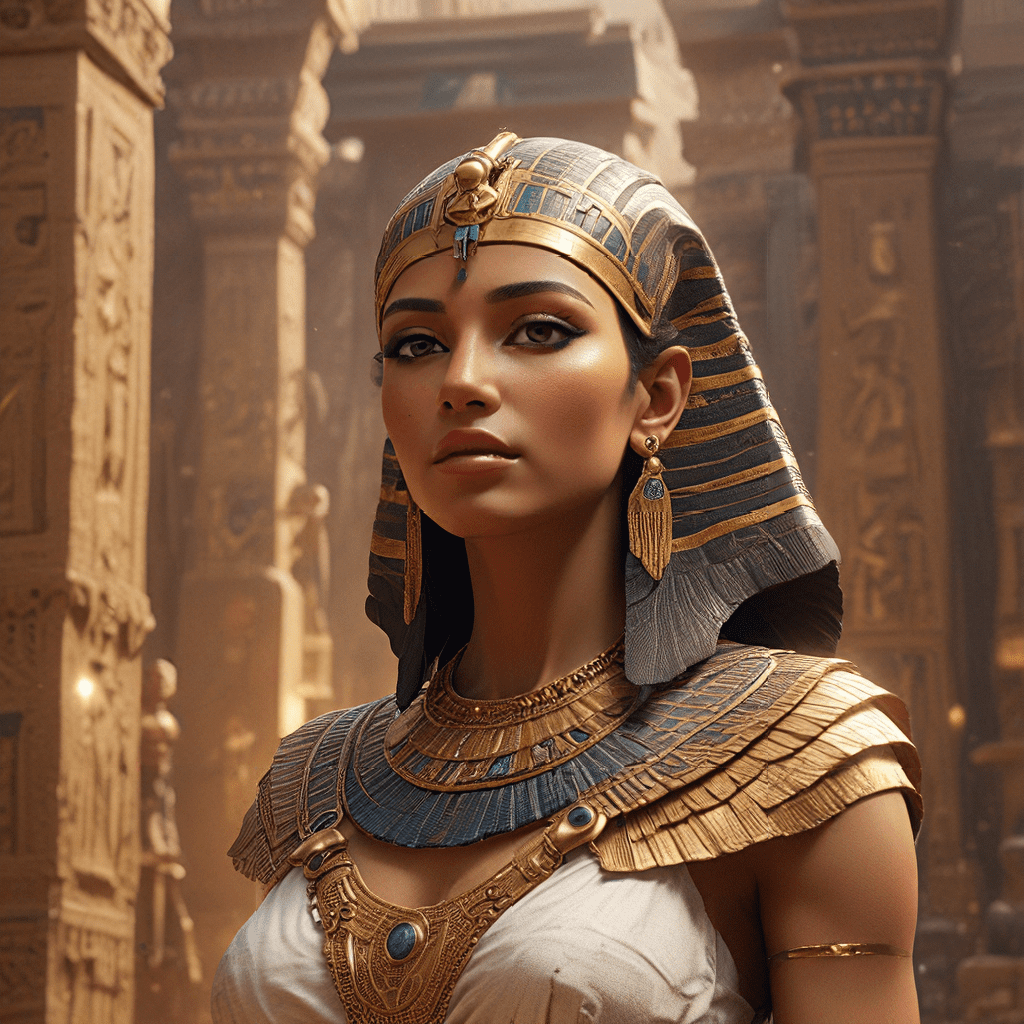The Egyptian Creation Myth: A Timeless Tale of Beauty and Wonder
1. Introduction: A Journey into Ancient Egyptian Cosmology
The Egyptian creation myth is more than just a story; it’s a cornerstone of ancient Egyptian beliefs and culture. This powerful narrative shaped their understanding of the universe, their place within it, and their relationship with the divine. The Egyptians believed that understanding the creation story meant understanding their own existence and purpose. In this exploration, we’ll delve into the fascinating world of ancient Egyptian cosmology and uncover the secrets of their timeless creation myth.
2. The Primordial Waters of Nun
In the beginning, there was only Nun, a vast, limitless ocean representing the potential for all creation. This primordial water was a chaotic, formless expanse, the source of everything that would come to be. Nun represented the void, the darkness, and the unknown. It was within this chaotic ocean that the first spark of life would ignite.
3. The Emergence of Atum
From the depths of Nun, Atum emerged, a self-created being representing the first spark of consciousness. Atum was the first deity, the one who brought order and form to the chaos. He was both male and female, embodying the duality of creation. He was the source of all that existed, the prime mover of the cosmos. He was the beginning, the end, and everything in between.
4. The Creation of the World through Atum’s Self-Mastery
In his isolation, Atum, through the power of his own will, began the process of creation. He spoke the world into existence, and through acts of self-creation, he brought forth the land, the sky, and the first deities. The emergence of the world was a testament to Atum’s power and his ability to bring order out of chaos.
5. The Role of Shu and Tefnut
Atum, in a moment of self-reflection, spat out Shu, the god of air, and Tefnut, the goddess of moisture. These two deities represented the forces of separation and duality. Shu, representing air, lifted Nut, the goddess of the sky, from Geb, the god of the earth, creating the space between heaven and earth. This act separated the chaos of Nun into the ordered world, setting the stage for the emergence of life.
6. The Birth of the Ennead: A Family of Gods
From this initial creation, a family of nine deities, known as the Ennead, emerged. These gods represented key aspects of the universe, such as the sun, the moon, the stars, and the forces of nature. They were interconnected and their relationships mirrored the complexities of the world. The Ennead, as a whole, embodied the divine order and harmony that reigned over the cosmos.
7. The Significance of the Sun God Ra
The sun god Ra, born from Atum, became a central figure in the creation myth. Ra, a powerful deity, was responsible for bringing light, warmth, and life to the world. His daily journey across the sky represented the cycle of life, death, and rebirth. Ra was the ultimate giver of life, and his presence was essential to the existence of all things.
8. The Creation of Humanity: The Divine Spark
In the Egyptian creation myth, the creation of humanity was a direct act of the divine. Ra, or sometimes other deities, created humanity from clay, breathing life into them, giving them a spark of the divine. Human beings, in this sense, were seen as reflections of the divine, imbued with a piece of the eternal essence of the Creator. This belief emphasized the close connection between humanity and the divine, emphasizing the sacredness of life and the potential for humans to achieve greatness.




